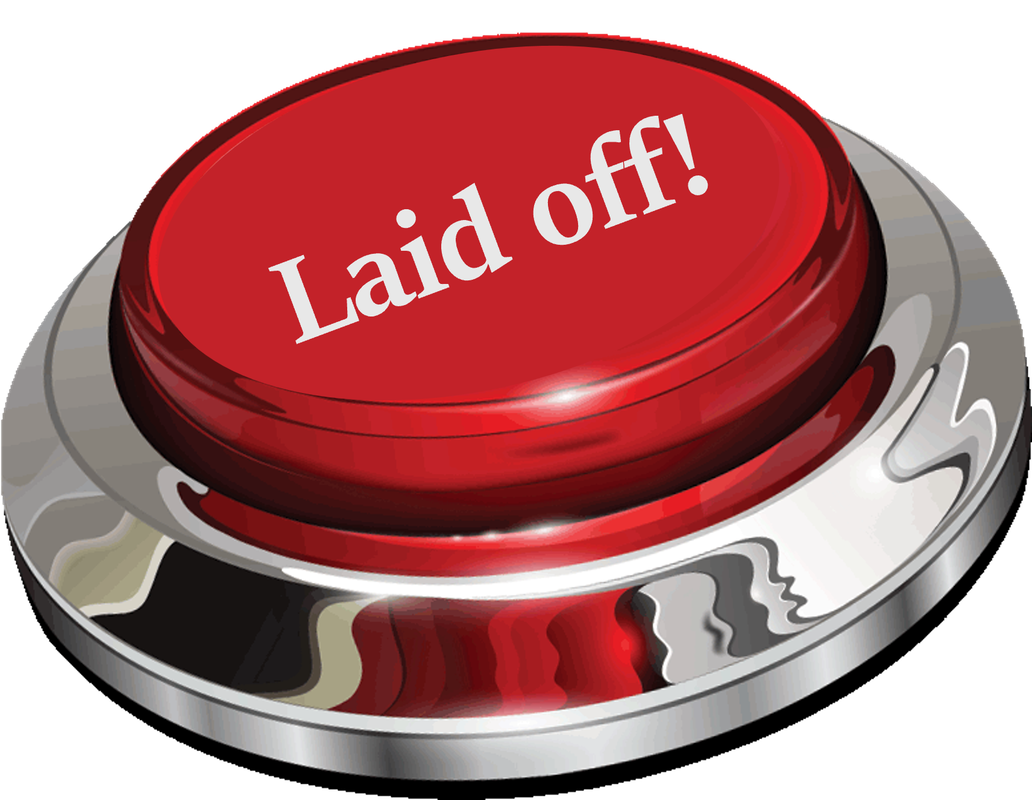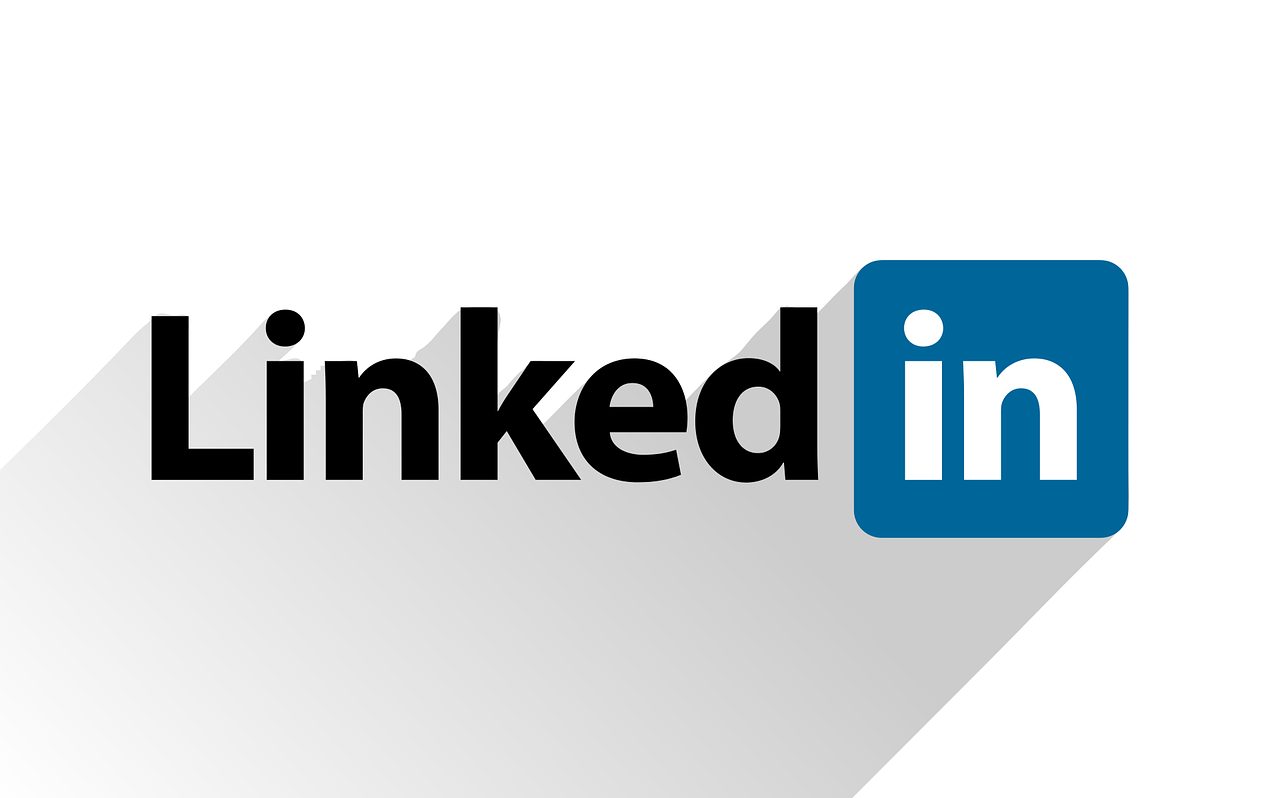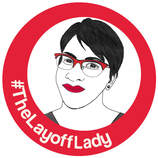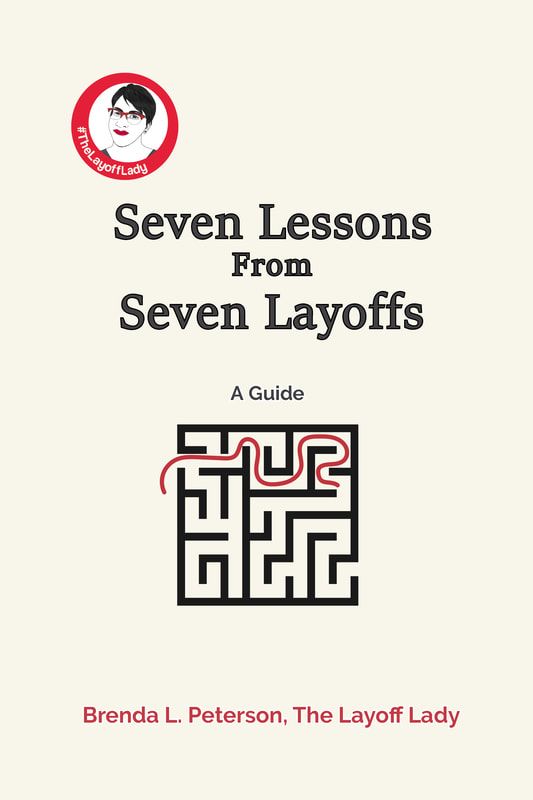|
By Brenda L. Peterson, The Layoff Lady Messaging With Your ConnectionsOne of the benefits of having connections on LinkedIn is that you can directly send them messages without having a paid subscription. However, this feature has also been used poorly on several occasions. Let's look at how to use LinkedIn messaging effectively to continue building professional relationships and provide some guidelines for how to use this feature well. The Value of Mutually Beneficial RelationshipsTo have a valuable professional newtork, make sure those relationships are mutually beneficial. Networking is about give and take. Make sure that you are adding value along the way. This includes sharing useful content, congratulating people on their accomplishments, and answering one-off questions when people ask for advice. In short, be a good LinkedIn neighbor. If you give more than you take, your LinkedIn connections will be more likely to help you when you need it. Messages That Add ValueWhen directly contacting your LinkedIn connections, make sure you are not overfocused on asking for favors. It is important to provide value first. Here are a few types of messages that give more than they take:
Make sure you are not THAT PERSON who only reaches out when they need a favor. Direct Asks For Help: Worst PracticesAsking for help is an art. First, you need to be willing to ask for help. Next, you need to craft your ask in a way that you have a higher likelihood of getting that help. Here are a few significant issues I’ve seen from people attempting to ask for job search help:
The Worst AsksHere are a three questions that may not get you much of a response:
Why are these not good asks? For one, these are big requests that require a lot of effort to do well. For example:
Direct Asks For Help: Better PracticesHere are a few better asks, but may only work with connections who you know very well and who you have helped in the past:
These requests are specific, which is better, but each is still a sizeable request. The first two may be time intensive. The next two involve your connection putting their reputation on the line to recommend you for a role. The final one requires a block of time on your connection's calendar. Depending on our interactions prior to these requests, their response may vary from “of course!” to no response at all. Again, remember to make sure your asks are aligned with how well you know one another. Direct Asks for Help: Best PracticesAsks are better when they are more specific and less time intensive. It’s also helpful if there is context. Here are a few asks that are more likely to get responses. The requests earlier in this list are more likely to get a response.
People Get To Say NoRemember, when you are asking for help, people will tell you no. More likely than telling you a direct no, they may just not respond. Ever. Keep in mind that job searching, like sales, means that you're going to hear a whole lot of no on the way to that one yes you need. When you need a specific thing, it's useful to ask multiple people for help to give you a better chance of getting a response. It's also not personal. We're each on LinkedIn using it to varying degrees and all trying to accomplish our own goals. Making sure that you are making the relationships mutually beneficial will make it much more likely that people will respond to you and want to lend you a hand when you need it. Learn More
2 Comments
By Brenda L. Peterson, The Layoff Lady Preparing for a Positive ScenarioContingency planning is not the most upbeat topic. It's all about making a backup plan just in case something terrible happens. Instead of predicting doom and gloom, let's update our planning approach and focus on opportunity readiness. Opportunity readiness is about thinking about who you truly are, what you want your work life to be, and living into that future. When you step into that role of being the CEO of you, your focus shifts to what you want to be and positioning yourself for that success. If you've done that, you'll be able to identify what an amazing opportunity is for you--and be ready to go for it! An Opportunity Presents ItselfEven when you like your current company, position, or coworkers, sometimes you might hear about an opportunity that could be the right next step for you in your career. Here's what that might look like:
In each of these cases, you weren't actively looking for a new role. However, once you heard about the opening, you realized it might be just the thing you were looking for and found out more! Opportunity ReadinessOpportunity readiness is a part of career resilience that may not always occur to us. When people are not actively job searching, sometimes they neglect to make new networking connections, keep in touch with people they know, update their LinkedIn, or update their resume. However, these are EXACTLY the things to prioritize. Knowing what you want, staying in touch with your network, and always evolving your skills will position you to move quickly when the time comes. Your ResumeYour resume is the main document potential employers want to see. Even if someone contacts you about an opening, you’ll need an up-to-date resume to be considered. This document needs to summarize who you are as a candidate as well as your most relevant skills, work history, education, professional affiliations, and accomplishments. This is where you can shine! Keeping your resume current is a crucial first step. Including details on your current role, adding newly earned credentials, and highlighting recently used skills can help you shine. Getting a resume out the door within a couple of hours can improve your chances of being seriously considered. It's also a great way to help the person who connected you with the opportunity feel even more sure that you're a great fit! Your LinkedIn ProfileLinkedIn is your professional billboard to the working world. It is an all-purpose marketing tool where people can view information beyond your resume, see which other people and companies you may have in common, and read the content you share in your posts. When people are gainfully employed, they often stop fine-tuning their profiles and interacting with their professional connections. Taking time to polish your LinkedIn profile and posting content on your areas of expertise is a way to remind people of you and your professional value. In fact, continuing to be active on LinkedIn may very well be why someone contacts you about what might be the perfect opportunity for you. A great way to remind people of who you are and what you're good at is by posting relevant content. Sharing a picture of you leading a training session, or an article about a great new way to optimize a project will help people associate you even further with your skillset. Your Work SamplesYour work samples, often called your portfolio, are a way to demonstrate the skills you mention in your resume or LinkedIn profile. These work samples should give the hiring team an idea of your process and finished product examples. Creating a portfolio is not something that most people can quickly throw together. There are several steps, including identifying your overall portfolio goals, developing or selecting work samples, positioning each work sample to showcase your professional capabilities, and determining the technological aspects of how you might set up your portfolio. Since some employers may require a portfolio before seriously considering you for a role, pulling this together and updating it as needed can help make you success-ready. As you complete interesting projects,remember to add those to your portfolio It' s nice to have your portfolio grow and change as you evolve your skills. What Do You Think?What do you think would prepare you to move quickly on an opportunity if one presented itself? Include your thoughts in the comments. Learn More
by Brenda L. Peterson, The Layoff Lady Adding Value Through CommunicationIt’s amazing how much of the job search process involves waiting to hear back and trying to communicate with the hiring team in a way that adds value. One easy way to strengthen your relationship with the hiring team is by sending a thank you note. While you could send a paper thank you note, I usually opt for a thank you email message given the prevalence of virtual interactions. But Why?During the interview process, your main goal is to position yourself as someone who would be an excellent direct report to the hiring manager and an awesome team member for your future coworkers. One easy way to be more likable is to be grateful and appreciative of people and their time. Sending a thank you email is a great way to do just that. Thank You Message BasicsSending a thank you message is another chance for your interviewers to see your name and have a positive experience with you. Who doesn’t like to be thanked for doing a thing? Here are key details to include in your post-interview thank you message:
Here’s the core content to include in a thank you message: Hi, Peter. Thanks so much for meeting with me earlier this week to discuss the Super Cool Support Manager position with Best Company Ever. It was great getting a chance to talk with you, Paul, and Mary about the support team and this opportunity. I am definitely interested in learning even more about the role. If you have additional questions, feel free to contact me via email at [email protected] or via text/phone at 555-555-5555. Thanks again! --Brenda Next Level Thank You Message MagicIn addition to the basic message, without writing a full-on manifesto, take the time to add a little more relevant information. This is an excellent opportunity to add more details and value to the interaction. This will also help make you more memorable. Here are a few suggested points to cover:
Here's what the message to the hiring manager might look like: Hi, Peter. Thanks so much for meeting with me earlier this week to discuss the Super Cool Support Manager position with Best Company Ever. It was great talking with you, Paul, and Mary about the support team and this opportunity. Learning about your new knowledge base and help desk ticket prioritization model was great. I’m excited to join an organization committed to documentation and continuous process improvement. As we discussed, here are a few relevant skills I bring to the table:
In addition, here is the link to the article I mentioned entitled “18 Knowledge Base Examples That Get It Right." Chapter 9 in this article covers some of the metrics we were discussing: https://www.helpscout.com/helpu/knowledge-base-examples/ If you have additional questions, please feel free to contact me via email at [email protected] or by text/phone at 555-555-5555. It was great getting a chance to talk with you—and I hope you have a great time on your fly-fishing trip this weekend! --Brenda Here's what a message to one of your future coworkers, Mary, might look like: Hi, Mary. It was great meeting you earlier this week to discuss the Super Cool Support Manager position with Best Company Ever. I enjoyed talking with you, Paul, and Peter about the support team and this opportunity. My experience working at Not Quite As Cool Company will help me add value to the team. I also hope you have fun on your upcoming trip to Minneapolis. As a fellow coffee lover, I suggest you stop at Dogwood Coffee Company. It’s honestly the best cup of coffee I’ve ever had and well worth the trip. It sounds like you’ll be staying not too far from their Northeast location. Here is the address: https://www.dogwoodcoffee.com/pages/locations If you have additional questions for me (professional or coffee related), feel free to contact me via email at [email protected] or via text/phone at 555-555-5555. Thanks again! --Brenda Thank You Note TimingI used to quickly send thank you messages right after I completed an interview. That way, the message would arrive in each person's inbox within a half hour after our conversation. Now, I wait until the next day, or even two days, to send the thank you. This puts time between our initial conversation and when they get this "remember me--I exist, and I'm awesome" message. Much like commercials, ads, or billboards remind you of the existence of a product or service you might want, I used my thank you messages as a second touchpoint with that person. Learn MoreBy Brenda L. Peterson, The Layoff Lady The Challenge: Describing What You DoWhether you're searching for a new role or thinking about your professional development, not having the right words to describe your skillset can hinder your progress. Identifying your career keywords will help you create effective messaging for your LinkedIn profile, resume, conversations with colleagues, and other written communications like email and social media posts. Where To Start: LinkedIn and KeywordsHere is my recommendation for how to begin gathering keywords that align with your chosen profession:
Let me take you through an example. Search for Your Target Job TitleI searched LinkedIn's Jobs section for Business Partner Organizational Development in the United States. From the results, I selected ten currently open positions to review further (because I'm an overachiever like that). Here are those job titles:
Lesson Learned: When you search for a job title, your results will include a variety of titles different companies use. Be sure to review the job description to learn more about what that company expects from that role. The duties for the same job title might vary widely from company to company, as might the terminology they use to describe it. Identifying Skills and KeywordsTotal Number of Different Skills Returned for All Ten Jobs For the 10 jobs I reviewed, 69 different skills were included in the results. For context, if all roles had the exact same skills, this number would be 10. If all of the roles had different skills, this number would be 100. Lesson Learned: Not only will job titles vary across organizations, but what skills they value can also differ. Be sure to review the job description to learn more about what skills the company thinks will help make someone in that role successful. Specific Skills Returned For More Than One Job Several skills came up more than once across those ten jobs. Here is the number of times a specific skill appeared for more than one role:
Lesson Learned: Even if there is not widespread agreement on the terminology used across organizations, some keywords will show up more often. Consider including popular keywords in your skills section on your LinkedIn profile and in your resume. Different Keywords for Similar Skills While specific keywords like "communication" and "problem solving" appeared more than once within the 10 job descriptions, several related terms might be included instead. Here are a few groups of terms that take different approaches to describing similar concepts:
Lesson Learned: When you look at the groupings of keywords, you can see the broader areas where roles like this would operate. Each company may use slightly different terminology regarding the skills that they value. When you talk about the work you do, consider weaving some of these words into your stories. What Do You Think?How do you identify the right keywords to use to describe what you do? Share your thoughts in the comments. Learn More
By Brenda L. Peterson, The Layoff Lady The Value of a Backup PlanCareer Resilience is all about being ready to deal with what comes. Thinking through scenarios, or contingency planning, is one way to prepare for possible outcomes. By thinking through your next steps before you are in that situation, you can ensure that you are better prepared. When Work Is GreatWhen you’re in a good place at work, it’s hard to believe things would ever be any other way. Your boss supports your professional growth, your work fulfills you, your coworkers are amazing, and you can’t imagine a time when it could be any other way. Conversely, there are times at work when you’re less than thrilled about your situation. Scenario: It's Time To Move OnHere are a few indications that might prompt you to start to think it’s time for you to leave your current role:
Budget ImplicationsOnce you decide that you need to leave your current job, it’s important to take a look at your financial state. Your ability to pay your bills without the income you receive from that job will be a major factor in your next steps and timeline for leaving your role. If you have other streams of income, household members who can cover bills with their income, or savings that you are willing and able to spend on your core living expenses, you may consider leaving your job right away without a new one lined up. Be sure to think through the insurance implications of making a job change, too since your healthcare coverage might end with your job. You will need to determine how you will pay for any health-related costs. This could include switching to a family member's plan, finding and paying for other health care coverage, or determining how to handle possible healthcare costs outside of an insurance plan. Each of these options has a different price tag and level of risk. Act Now and Figure It Out LaterKnow, too, that if your current position is bad enough, you may decide that leaving right away is worth the financial hit you’ll take. Be sure to pause and think through the implications of potentially not having a main income stream and how you will cover your basic living expenses in that interim. Maybe you'll get a roommate, sleep on a friend's couch, or just deal with issues as they come. Regardless of what may make sense to others, you get to make the decision that is right for you. Launching a Job Search While WorkingMany people will choose to stay at their current job until they are able to find another one. This way, you’ll still have a paycheck coming in while you also search for a position that is a better fit. From a purely financial standpoint, this is often the best choice. Looking for a job while you’re already employed is a different challenge. You’ll need to get your job search toolkit together so that you’re ready to apply for opportunities as they arise. You’ll also need to juggle doing your current job while also actively searching for another role. Since finding a new job takes as long as it takes, you may have to live in this state of uncertainty for a while until something new works out. Maintaining Job Search MomentumWhen you’re working and also looking for a new position, maintaining your job search momentum can be a challenge. As you face job search rejection, you may be discouraged and not put in as much time looking for a new role. You may apply for roles only sporadically and not make much progress. You may also find that you’ll have good days and weeks at that job you’ve decided to leave. You may also have times when things are going well enough at your job that you temporarily slow down your job search activity. Then, you may have a rough week at work and renew your commitment to finding something new. Possible Contingency Planning StepsBefore you are in a position where you realize you need to leave your job, it’s valuable to do some preliminary thinking about how you might manage each of these factors. Consider doing the following to help inform your contingency planning: Your Income
Your Expenses
Your Savings
What Do You Think?What questions do you think you need to focus on as you do your contingency planning? Share your thoughts in the comments. Learn More
|

Just get laid off?
Click here for info on what to do first. Author7-time layoff survivor Brenda L. Peterson, The Layoff Lady, waxes poetic on layoffs, job transitions, & career resilience. Buy The Book!Were you recently laid off from your job and need a roadmap for what's next? Pick up a copy of my book, Seven Lessons From Seven Layoffs: A Guide!
Categories
All
Archives
July 2024
|












